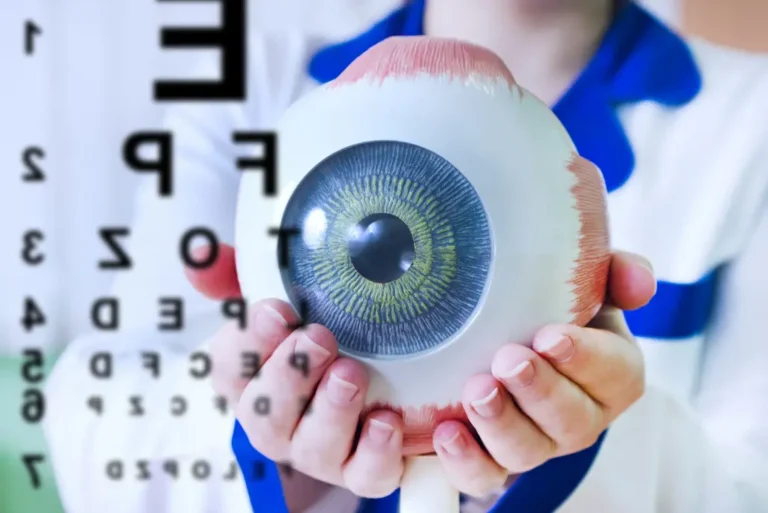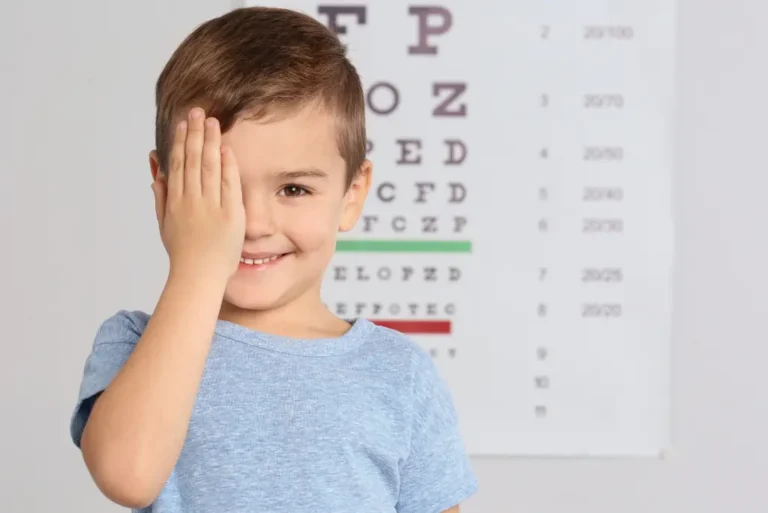If your child’s prescription seems to change every year — or they’ve recently been diagnosed with myopia — you’re likely asking: Do we really need a control plan? The short answer? Yes, if you want to stop myopia progression.
Myopia isn’t just about blurry vision. In children, it’s a condition that can get worse quickly — sometimes without obvious signs.
Why Myopia Progresses So Fast in Kids
In school-age children, eye growth is still active. If left unmanaged, myopia can:
- Progress quickly with every growth spurt
- Lead to stronger prescriptions year after year
- Raise long-term risks like retinal detachment and glaucoma
And unfortunately, traditional glasses alone don’t stop the underlying progression.
What a Myopia Control Plan Looks Like and Why It Works
A proper myopia control plan isn’t one-size-fits-all. It’s a personalised strategy designed to stop myopia progression and protect long-term eye health.
Each plan typically includes:
- Measuring eye length, visual habits, and school-age lifestyle factors
- Analysing family history and risk indicators
- A custom treatment plan with Ortho-K lenses, myopia control glasses, or low-dose atropine or repeated low-level red-light therapy
- Behavioural guidance on screen use, outdoor play, and reading posture
- Progress tracking and regular follow-ups at a myopia control clinic near you
These follow-ups help ensure fewer prescription changes, lower future vision risks, and more stable eyesight throughout childhood and adolescence.
Each plan is tailored based on a child’s needs, but typically includes:
- A custom treatment plan with daily or nighttime lens wear, drops, or lifestyle adjustments
- Ongoing progress tracking with axial length monitoring
- Guidance on screen use, outdoor activity, and reading habits
- Regular follow-ups at a specialised clinic to ensure the plan is working effectively. These visits help ensure fewer prescription changes, lower future vision risks, and greater visual stability throughout childhood and adolescence.
When to Start a Control Plan
The best time to start? As early as possible. Ideally, right after your child is diagnosed with myopia, especially if:
- Their prescription is worsening rapidly
- You have a family history of high myopia
- They’re spending lots of time on screens or indoors
“The earlier the intervention, the better the outcome — and the more likely we are to preserve healthy vision for life.”
What If My Child Already Wears Glasses?
That’s not a problem — in fact, many kids in myopia control plans still wear glasses, but with special lenses designed to manage eye growth.
A myopia control clinic near you can offer a personalised approach based on your child’s specific case.
It’s About More Than Just Vision
Beyond eyesight, uncontrolled myopia can affect:
- School performance
- Self-esteem
- Participation in sports and outdoor play
A structured plan doesn’t just protect the eyes — it supports your child’s confidence and development.
FAQ
Q: What’s the difference between normal glasses and myopia control lenses?
A: Control lenses are specially designed to manage eye growth and slow progression — not just correct vision.
Q: Will my child need to wear these treatments forever?
A: Most treatments are used until eye growth stabilises, usually around late teens.
Q: Is a myopia control plan expensive?
A: Costs vary, but many parents find the long-term benefits far outweigh the investment — especially when it reduces the need for stronger prescriptions later.
Concerned about your child’s myopia? Book a myopia screening today, or find a myopia control clinic nearby and take the first step in stopping progression.




